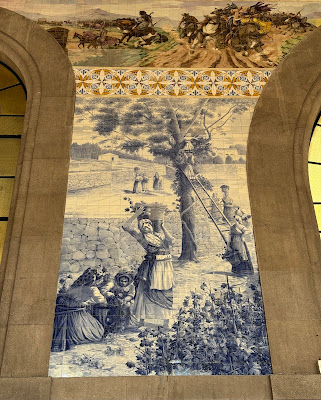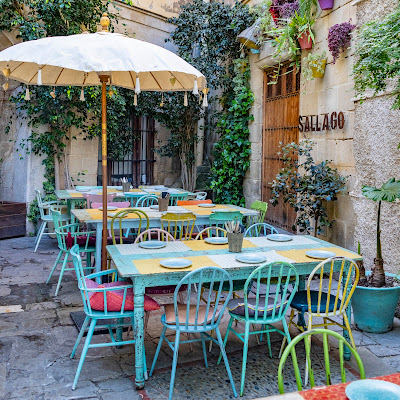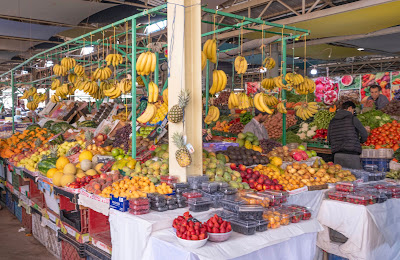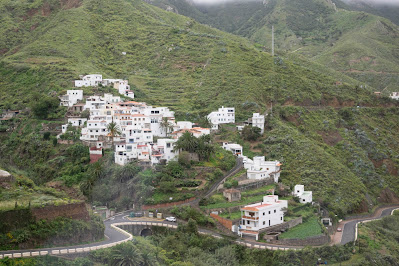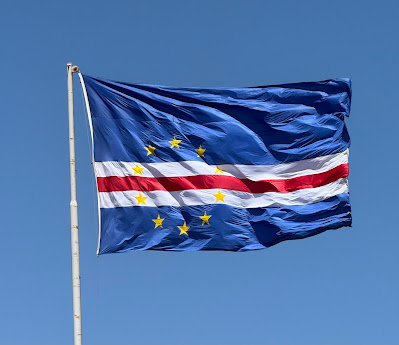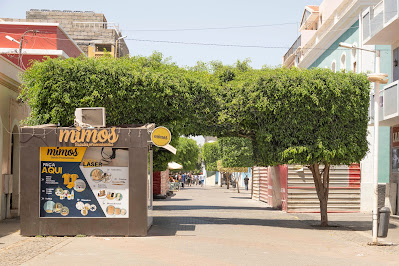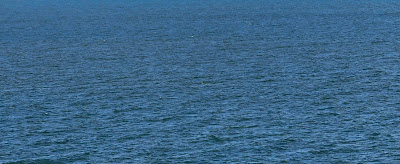Regarding yesterday’s power outage that threatened our ability to dock in Porto, Portugal: The fear was, since three countries (France, Spain, and Portugal) had to collaborate to solve the power problem, progress would be slow and it might take a week for things to get back to normal. Lucky for us, that was not the case. Twenty-four hours after the lights went out, all was restored and we were allowed to dock.
Vann had gone online in search of Porto’s best paella, his favorite dish. Word was that it’s a tiny place (Taberna dos Mercadores) with no chance to make a reservation online. We had determined to be there at their noon opening time. We were not the first to arrive. Mostly young people in line ahead of us (college students?) but all were patiently waiting...well past twelve-thirty. A young French couple was behind us, and they reported that they had been in line the day before but never managed to get a table before the kitchen closed. By the time the door opened, there were at least twenty people in line behind us, all lined up on an uphill cobblestone street with no chance to sit. A staff member came out to explain that there were seats only for 16 of us, whom he counted off. We were 13 and 14. He told the rest that the wait would be at least another hour and a half; their call whether to stay or move on. They all stayed.
Lunch was superb. We started with garlic shrimp and a basket of good bread to soak up the garlicky, buttery goodness in the bottom of the pan. The paella dish was over the top and extremely generous with a variety of shellfish. (I thought it was more like a seafood risotto.) And even though neither of us was still hungry, we opted for a pear poached in port wine, which was perfection! And, of course, glasses of good local wine.





